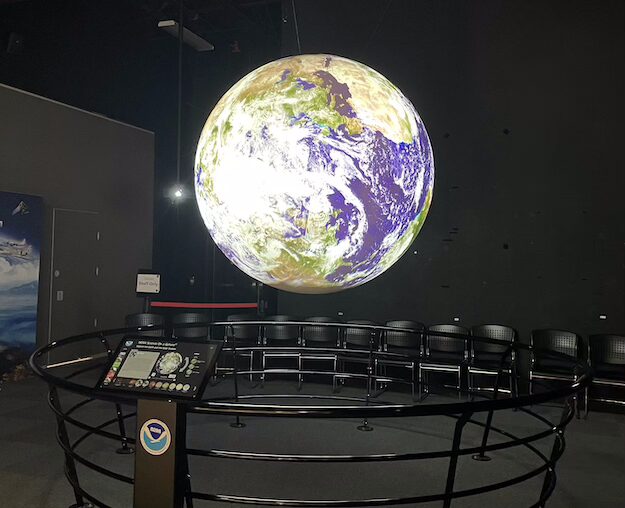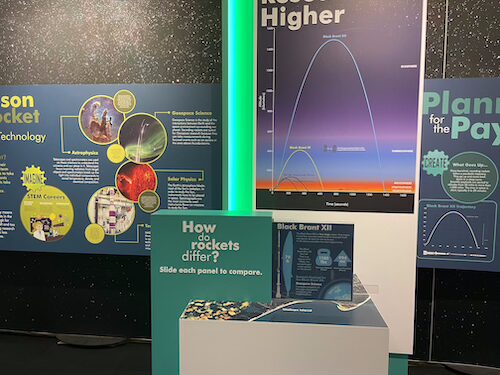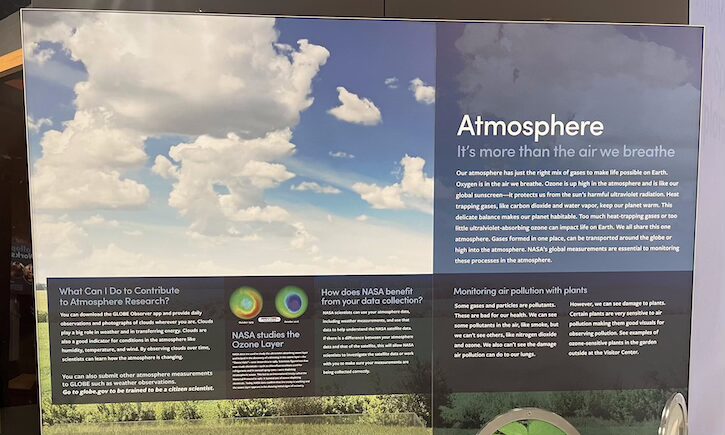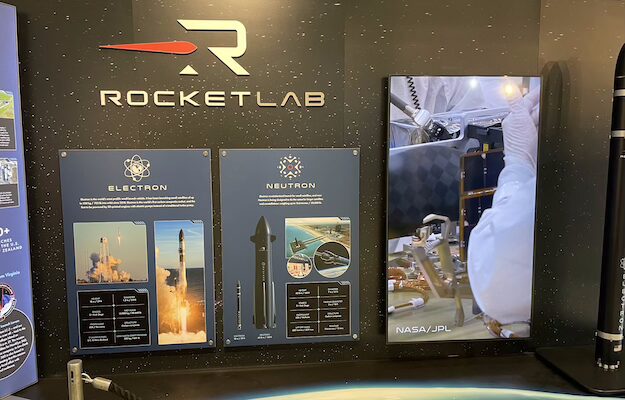Mark’s Score 9.4

Many Americans are unaware that NASA has two launch sites. Yes, we all know about the Kennedy Space Center in Florida. But NASA also has a launch site here on Virginia’s Eastern Shore, just a few hours drive from DC. I must admit that I was unaware of Wallops until I moved here a decade ago.
Given that so few people (even on the East Coast) know about Wallops, you might be surprised to learn that the Wallop Flight Facility has been in operation since 1945. It started out as a small auxiliary test range for guided missile flight research. Its origins were unassuming with a simple 50 x 50 ft (15m x 15m) concrete launch pad. Today Wallops is a “multi-user/multi-tenant facility” supporting satellite tracking and commanding, military operations and training, scientific investigations, technological testing as well as commercial aerospace facilities. The facility accommodates research aircraft, unmanned aerial systems, high-altitude balloons, and suborbital and orbital rockets.

But most important for our purposes, Wallops also houses a “visitor’s center.” To call it a visitor’s center is to do it a disservice. It is actually a very interesting science museum, focusing on atmospheric and low orbit research. The visitor center space is small, it is essentially a single room but it is chock-a-block with interesting exhibits about the atmosphere and near space. Just past the entrance there are a couple of poster presentations that talk about NASA and Wallops mission. There is an entire wall that describes the Virginia Space program and the Mid-Atlantic Regional Spaceport. The Spaceport is located a few miles down the bay on Wallops Island, but you can see the launch pads from the rooftop observation deck at the visitor’s center. You can also watch rocket launches from the launch viewing area.
I have limited space so I am only going to talk about two of the exhibits. The atmospheric research project and the really cool revolving globe at the back of the gallery.

The atmospheric research display details Wallops and NASA’s atmospheric research projects. Even better, the display details how all of us can contribute to atmospheric research. You can download an APP named “GLOBE” to your phone. This APP allows you to take pictures of clouds, and record local atmospheric conditions which is then uploaded to a central database. This program allows NASA to collect data from far more locations, and in real time, than they could by setting up monitoring stations.

My favorite exhibit is the NOAA “Science on a Sphere” display. It is a giant lighted suspended globe over which you have control via a public control panel in front of the display. You can tilt the Earth in multiple directions and change the graphics to depict wind patterns, bird migrations, and much more. I played with it for 30 minutes.
If you have children or grandchildren, the Wallops Facility is a great way to spend an afternoon, especially on a day when there is a rocket launch.

Leave a Reply